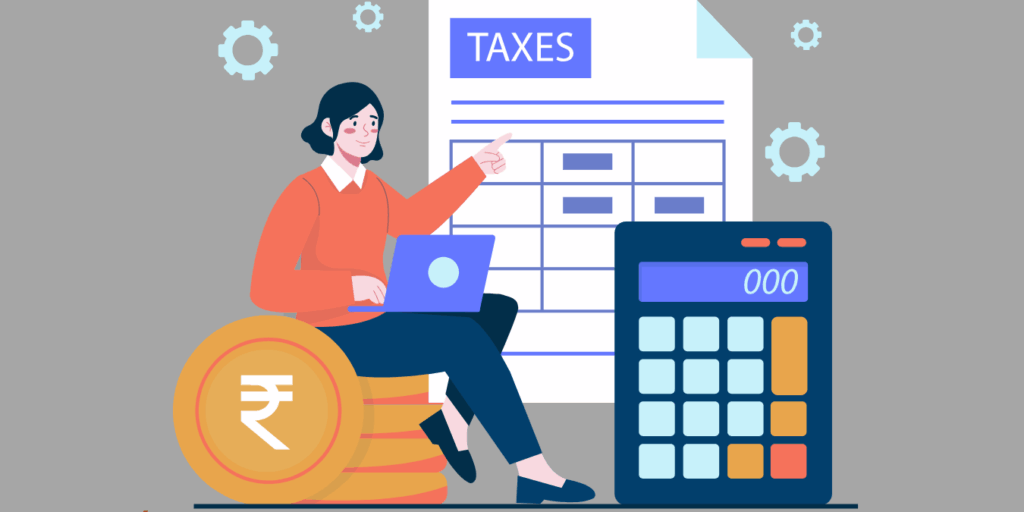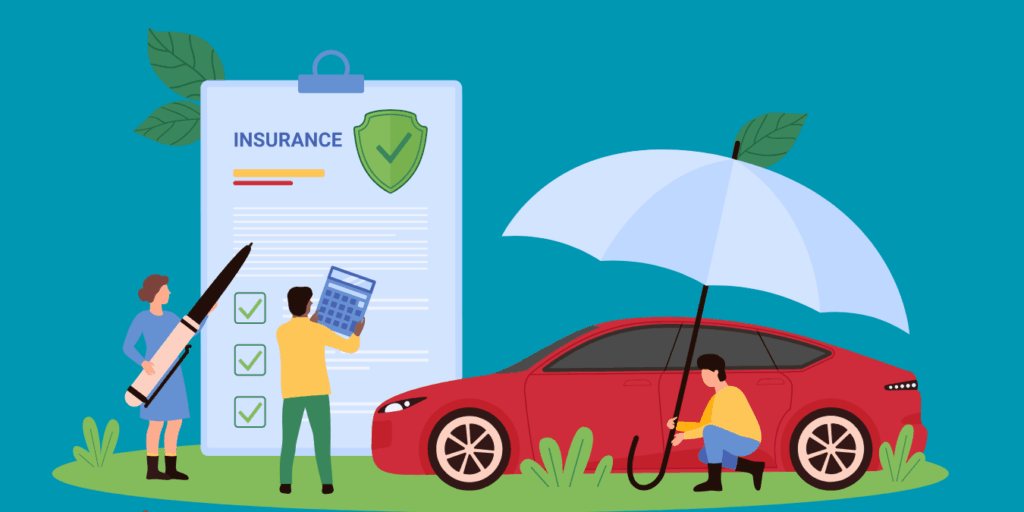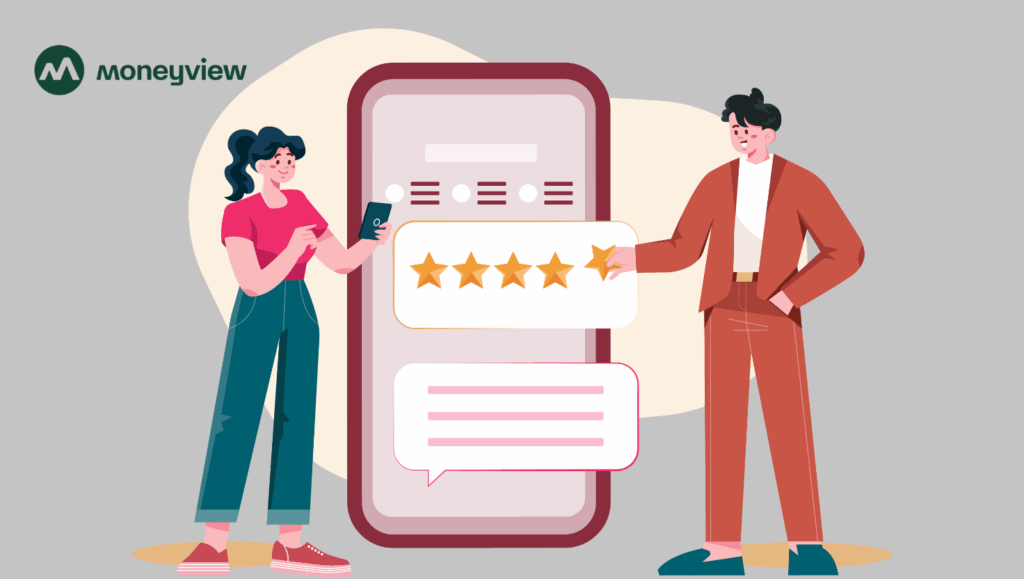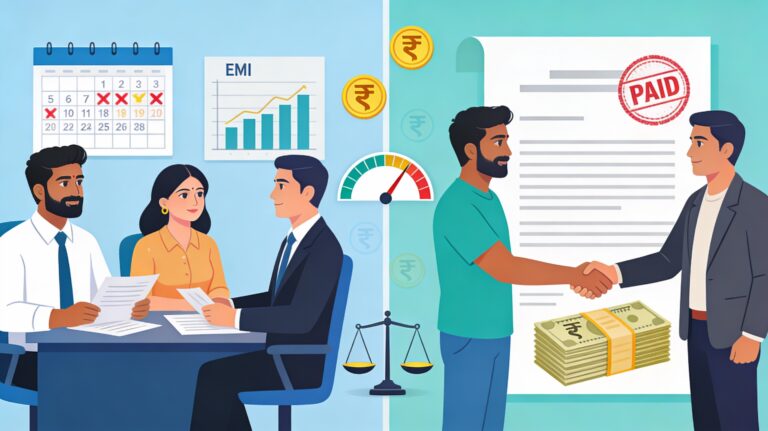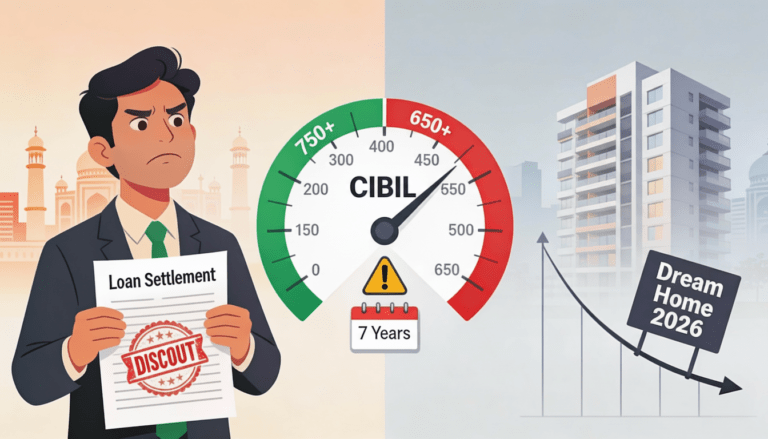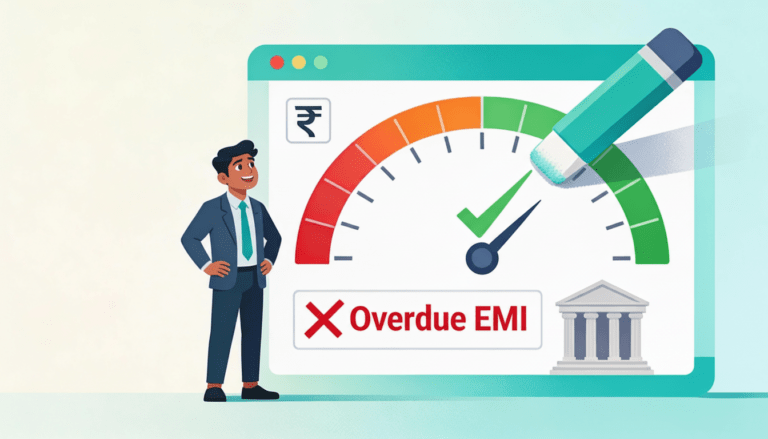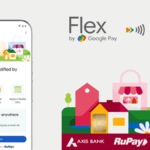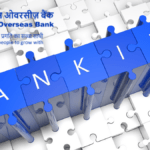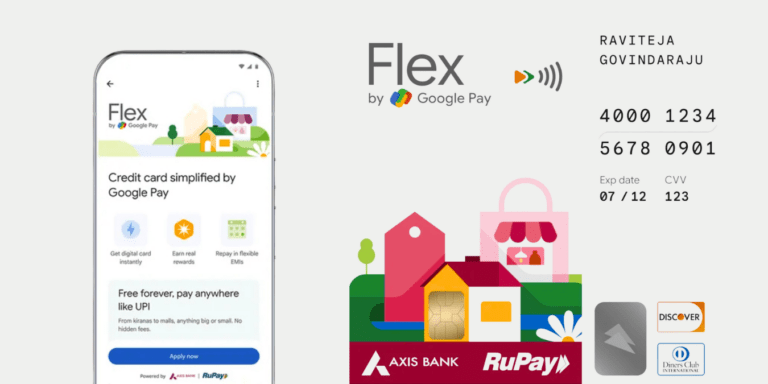
Top 10 Best Bank Auto Loan Rates & Financing in 2025: The Hidden Truth Behind India's Most Competitive Deals
Truth behind India’s best auto loan deals in 2025—where digital footprints, secret charges, and policy twists decide your fate. Discover hidden pitfalls and expert hacks to save big and spot what’s coming next. Is your car finance journey about to be revolutionized? Click to reveal the unexpected!
Can the “lowest advertised auto loan rate” actually cost you more than a double-digit scheme? Uncover the silent EMI traps and lending secrets woven into India’s top 10 bank offers—shaping your savings, ambitions, and even your credit future. Which powerful detail could unlock a hidden jackpot for your wallet?
Indian Car Dreams, Lending Realities—The 2025 Auto Loan Revolution
India’s car buyers have surged in 2025—urban mobility, EV buzz, and deal-hungry banks have made auto loans more accessible than ever. Yet, beneath digital approval flows and viral interest rate ads, the real action is in the nuanced terms, financial tech innovation, and shifting policy landscape. Understanding exactly who wins (and who pays) can transform your next loan choice from ordinary to extraordinary.
The Top 10 Banks—Updated Auto Loan Rates & EMI Comparison
| Bank | Interest Rate (p.a.) | EMI (₹1 lakh/7 yrs) | Processing Fee | Floating/Fixed Option |
| State Bank of India (SBI) | 8.85% onwards | ₹1,596 | 0.40% of loan, min ₹1,000 | Both |
| Indian Overseas Bank | 7.80% onwards | ₹1,551 | Standard charges | Both |
| Canara Bank | 8.50% onwards | ₹1,684 | Waived till Dec 2025 | Both |
| HDFC Bank | 9.40% onwards (rack) | ₹1,629 | ₹3,500–₹7,000 | Both |
| ICICI Bank | 9.15% onwards | ₹1,617 | Varied | Both |
| South Indian Bank | 8.75% onwards | ₹1,596 | Standard | Both |
| Axis Bank | 8.75% onwards | ₹1,595 | ₹3,500–₹7,000 | Both |
| Bank of Baroda | 8.60% (fixed), 8.15% floating | ₹1,589 (fixed), ₹1,566 (floating) | Fixed: ₹1,500 | Both |
| Union Bank of India | 7.80% onwards | ₹1,549 | Fee Waived | Both |
| Bank of India | 7.85% onwards | ₹1,551 | Standard charges | Both |
But the big secret: The lowest rates often require stellar CIBIL scores (usually 750+), minimal debt, and occasionally a high-value relationship with the lender (salary account, insurance product).
Unseen Costs—Beyond the EMI Calculator
Banks compete aggressively on rates, but your real cost often hides in additional charges:
- Processing, Admin, and Paperwork Fees: Can range from ₹1,000–₹7,000, with some waived for special periods.
- Insurance Bundling: Some lenders add compulsory car or personal insurance into the loan EMI.
- Prepayment/Foreclosure Penalties: Want to finish early? Fees can reach up to 5%, slashing your interest savings.
- Valuation Fees (esp. for used cars): Up to ₹800 plus GST.
Expert Insight: “Borrowers focus on EMI, not realizing it hides fees, bundled services, and sometimes expensive insurance—all at the loan rate, multiplying the overall cost.” — Senior Loan Analyst, BankBazaar
Expert Tips to Reduce Car Loan EMI Amounts Efficiently
Here are expert-backed, actionable tips to efficiently reduce your car loan EMI (Equated Monthly Instalment) in 2025 India:
1. Make a Larger Down Payment: Paying more upfront directly lowers the loan amount, meaning lower EMIs and significant savings on overall interest outgo.
2. Opt for a Longer Tenure—But Beware: Stretching your loan tenure reduces each EMI but increases total interest paid. Use this only if short-term affordability is a priority, and consider prepaying if you get surplus funds later.
3. Compare Lenders Aggressively: Check public, private, and fintech banks for the lowest interest rate, lowest processing fees, and special deals (women’s schemes, festive offers).
4. Use Your Relationship or Credit Score to Negotiate: Negotiate with your main bank—loyalty and strong CIBIL (750+) can fetch you concessions on interest rates and charges.
5. Refinance or Balance Transfer: If rates drop or your profile improves, shift your loan to a lower-cost lender—potentially slashing your EMI substantially.
6. Loan Top-Up Prepay Strategy: Any windfall—bonuses, incentives, gifts—should go into prepaying a chunk of your principal. This can reduce both EMI and tenure, saving on interest.
7. Choose the Best Time to Buy: Take advantage of festive deals, dealer discounts, or end-of-year sales to reduce the car’s on-road price—and thus your loan principal and EMI.
8. Avoid Unnecessary Add-Ons: Reject bundled insurance, accessories, or extended warranties financed at your loan rate unless absolutely needed. These can quietly inflate your EMI.
9. Use EMI Calculators to Plan Smartly: Before finalizing a loan, use bank or third-party EMI calculators to see how down payment, tenure, and rate impact your monthly cost. Aim for a comfortable EMI, not the highest eligibility.
10. Select “Step-Up” EMI or Balloon Plans If Expecting Higher Income: Some banks offer step-up or balloon EMI options—lower EMIs early, higher ones later—as your salary grows. This aligns payments to your earning curve.
Pro tip:
If you prepay a large amount or use a bonus to reduce the principal, keep EMIs the same but reduce loan tenure. This increases daily savings and reduces total interest paid more efficiently than just reducing EMI.
Fixed vs. Floating—Which Option Actually Delivers?
- Fixed Rates are stable, nearly risk-free, and generally pitched 0.5% higher.
- Floating Rates start lower, but fluctuate, tracking RBI repo/MCLR; savings are possible if rates drop, risk if they rise.
Curious Stat: In 2025, floating rates on most top lenders drop below fixed rates, but recent RBI policy means any future hikes will hit floating EMI holders hardest, especially those with long tenures.
Myths and Mistakes—What Most Borrowers Get Wrong
Common Myths:
- “Dealership credit means lowest rates”—not always, often hiding partner bank markups.
- “Used car loans always cost more”—while older models may be pricier, leading banks now offer competitive rates with right credit profiles.
- “You need a big down payment”—flexible schemes allow low-to-no down payment, though reduced borrowing does lower your cost.
- “100% financing is always best”—sometimes this leads to higher rates, stricter terms, or limits on choice.
Digital Lending—Convenience vs. True Cost
- Instant Approvals: NBFCs and fintechs offer near-immediate loans, especially for EVs.
- Speed Premium: Ultra-fast digital loans sometimes charge higher base rates or enforce stricter late fees.
- Smartphone-Driven Offers: Lenders may factor UPI/bank data, social activity, or even geo-location to personalize rates, sometimes making borrowing more expensive for lower-profile applicants.
Policy Trends—2025’s Big Shifts & What They Mean for You
- RBI Rate Sensitivity: The latest RBI moves have pushed banks to update floating rates more often. A single policy tweak could make EMIs spike unexpectedly.
- Women-Specific Offers: Many top banks provide 0.05–0.10% interest concessions for women.
- EV and Green Loans: State incentives and bank partnerships mean lower rates and reduced fees—but with strict tenure/ownership criteria.
- Car Loan Surges: For the first time, Q1 FY26 saw car loan demand beat home loans, signaling urban India’s lifestyle and financial priorities have sharply shifted.
The Real “Top 10” List—Who Should Choose Which Bank?
- Best for Lowest EMI: Indian Overseas Bank, Union Bank, Bank of India—best for prime borrowers needing minimal outgo.
- Best for Fast Approval & Paperless: HDFC, Axis, ICICI—ideal for tech-driven applicants seeking instant approval and minimal paperwork.
- Best for Fee Waivers: Canara Bank and UCO Bank—limited-time fee waivers for all applicants.
- Best for Relationship Discounts: SBI, Bank of Baroda—existing customers can extract better rates and fewer add-ons.
- Best for Green/EV Loans: SBI, Axis, select NBFCs—lowest rates, special processing, but extra conditions (ownership duration, bundling).
Takeaways—How to Beat the Loan Game in 2025
✔ Never Sign on EMI Alone: Ask for total loan cost breakdown before you commit.
✔ Compare Rates—And Fees: Always check both interest and all related charges.
✔ Negotiate Using Your Credit Score: If you’re 750+, push for concessions!
✔ Choose Tenure & Down Payment Wisely: A shorter term and more upfront will cut your overall cost.
✔ Watch Out for Bundles: Remove any hidden add-ons unless you actually need them (insurance, GPS tracker, warranty).
✔ Go Digital, But Check the Fine Print: Never sacrifice a lower rate for convenience without calculating long-term impact.
The Road Ahead—What’s Next for Indian Auto Loan Borrowers?
Will India’s next wave of auto loans use not only your credit data, but also your digital lifestyle—spending patterns, UPI transactions, even social media—to decide your price and approval speed? Stay tuned for 2026’s forecast, where personalization could mean the ultimate deal—or a striking new challenge. The future of Indian auto loans will be shaped by rapid shifts in digital banking, RBI rate changes, and data-driven lending. Banks may soon use your UPI, bill payment history, and even social media behavior to personalize rates and approvals. With green loans, flexible EMIs, and rising demand for used cars and EVs, borrowers must stay alert for policy tweaks, tech disruptions, and hidden fees. Smart buyers will compare offers, negotiate fiercely, and leverage financial trends to unlock the best deals—making tomorrow’s car finance journey both challenging and full of new opportunities.




